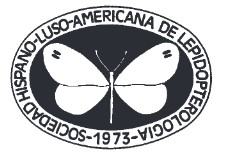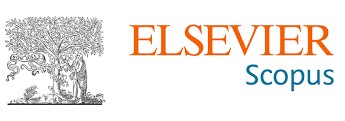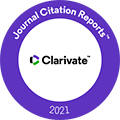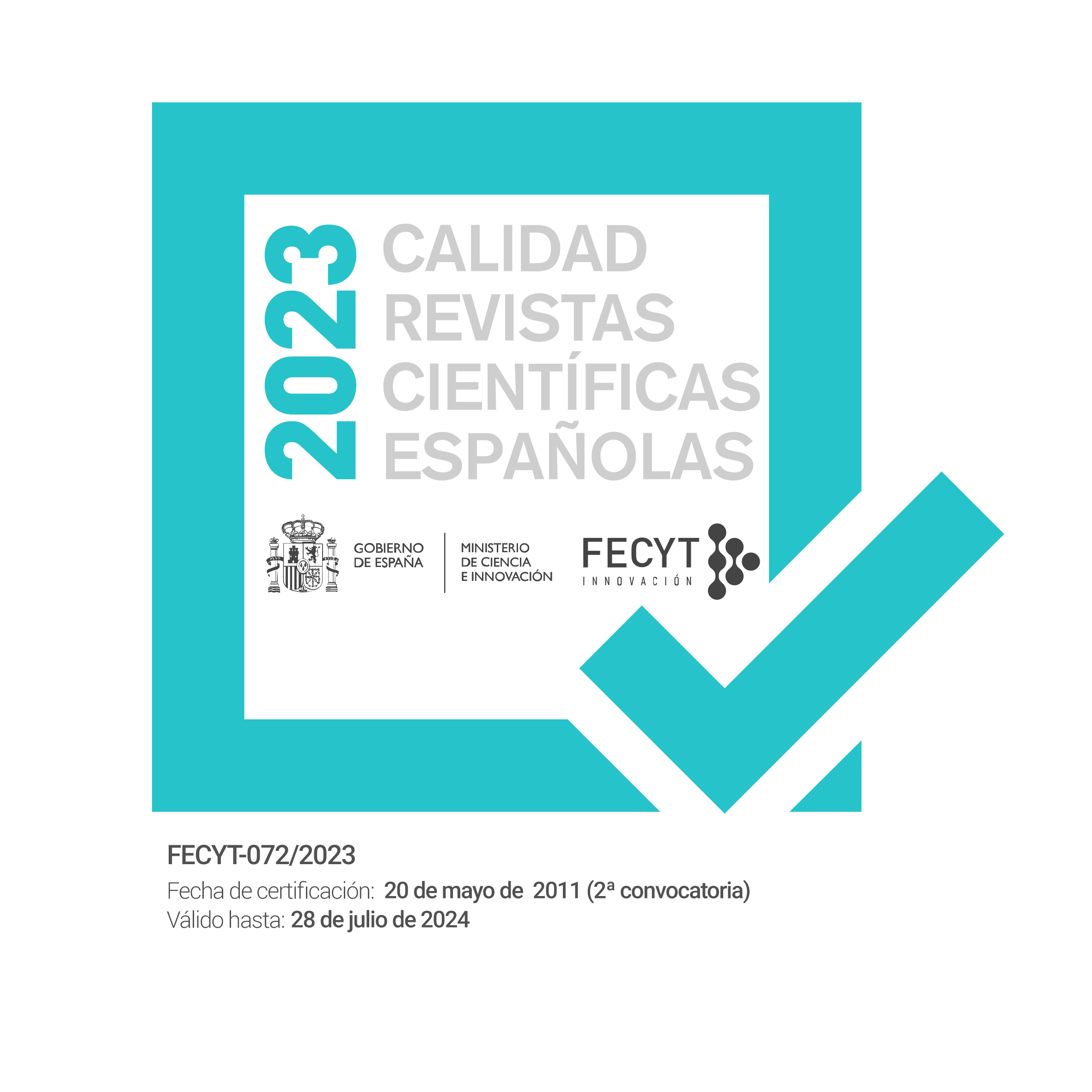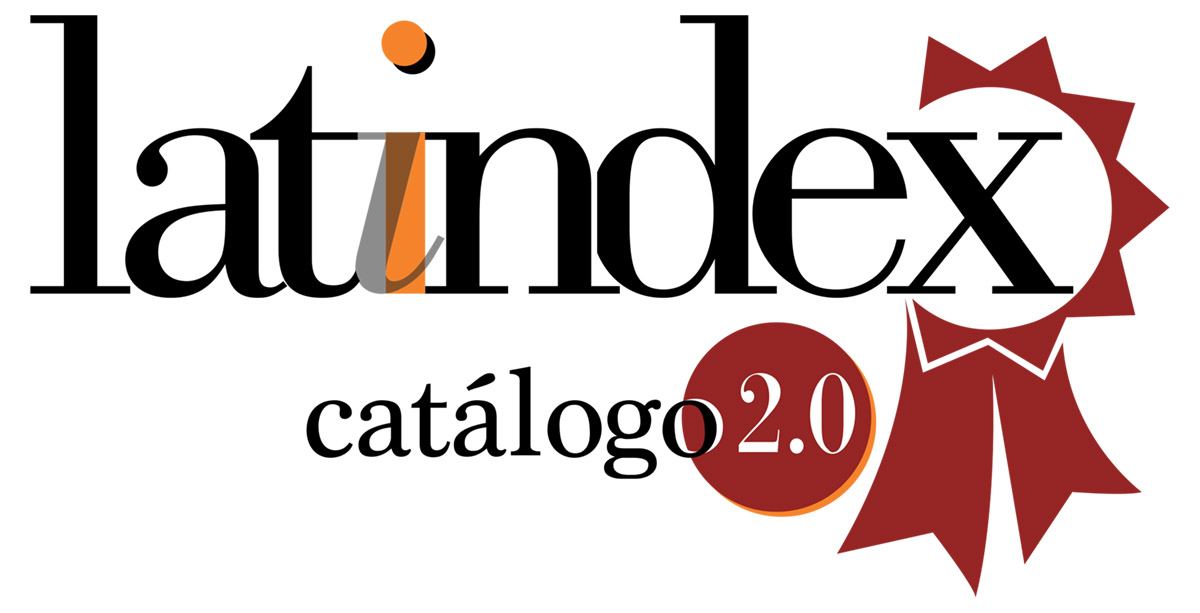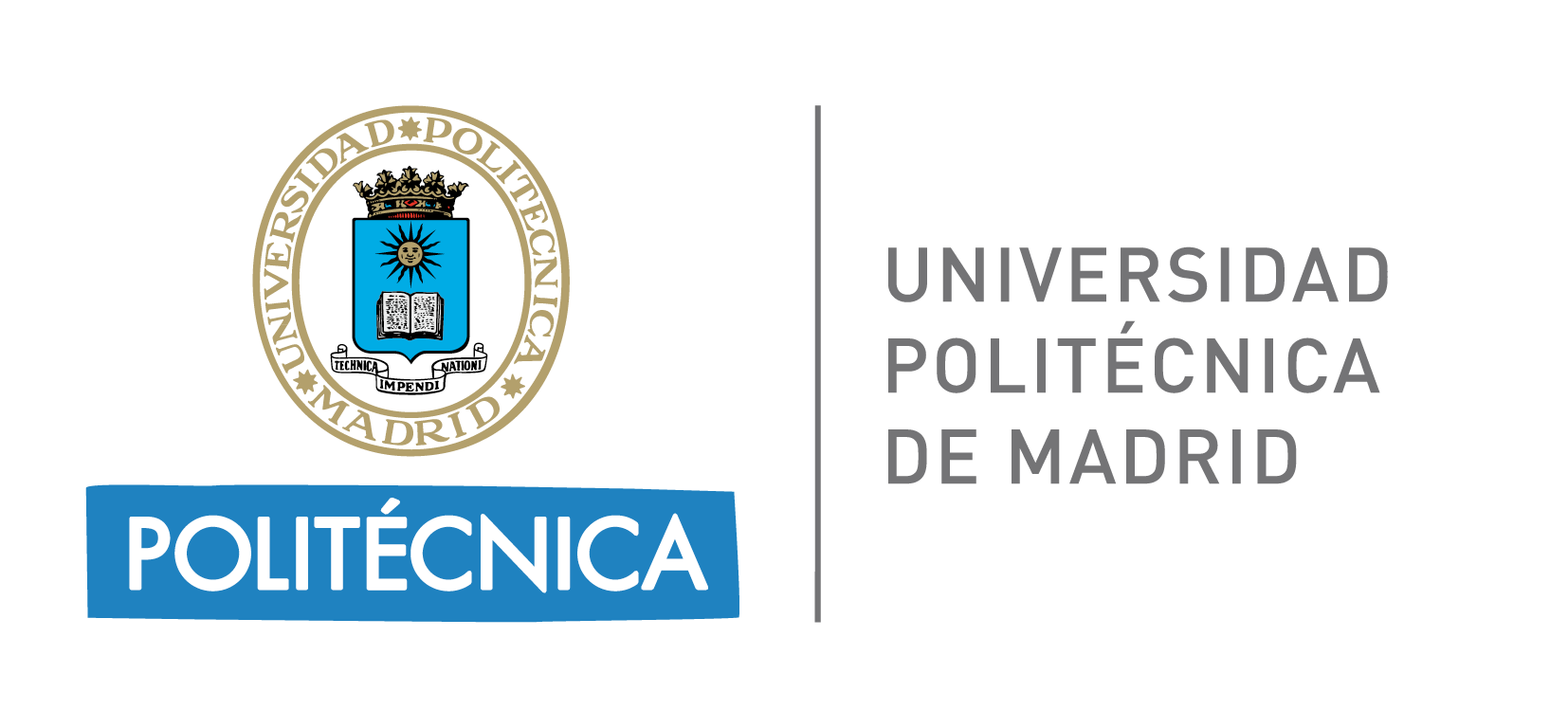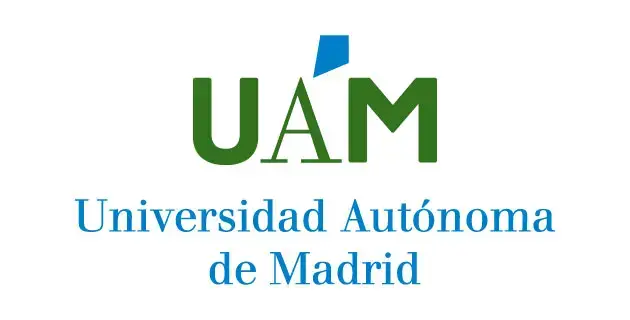Abundance of Epiphyas postvittana (Walker, 1863) in forestry nurseries of São Miguel Island (Azores, Portugal) (Lepidoptera: Tortricidae)
DOI:
https://doi.org/10.57065/shilap.56Keywords:
Lepidoptera, Tortricidae, Epiphyas postvittana, endemic woody plants, forestry nurseries, Laurel Forest, Azores Islands, PortugalAbstract
Epiphyas postvittana (Walker, 1863) is an invasive polyphagous pest for the Azores and its bioecology and the potential natural enemies were unknown. We evaluated the temporal profile of this species larval abundance and the number of males captured in sex pheromone traps, hypothesizing that both profiles were similar. The study was carried out on seven endemic host plants and one native species grown in two forest nurseries (Furnas and Nordeste) in São Miguel Island over two years from 2018 to 2019. A total of 827 plants attacked by E. postvittana were observed in Furnas nursery (2018: 503, 2019: 324) and 1227 in the Nordeste (2018: 649, 2019: 578), including the presence of 525 larvae distributed by the Furnas (2018: 178, 2019: 79) and from the Nordeste (2018: 131, 2019: 137). In 2019, the average weekly number of males captured in the sex pheromone traps (total 31 weeks) were higher in Furnas (mean ± SE: 9.68 ± 1.982) than in Nordeste (3.33 ± 0.651). In synthesis, (i) the population density varied throughout the year and as a function of the host plant species in production; (ii) the abundance profile of larval and adults suggests has at least three to four generations per year and that adults are active year-round, experiencing some delayed development during the winter; (iii) a low larval density does not represent very serious damage to Azorean endemic plants, but is reflected in the population density of its natural enemies; (iv) some biological control agents are present in the field, parasitizing the larvae (i.e., Braconidae species of Meteorus ictericus (Nees, 1811) and Microgaster opheltes Nixon, 1968); (v) finally, the knowledge of the population dynamics and its natural enemies needs further and long-term study.
Downloads
Global Statistics ℹ️
|
597
Views
|
274
Downloads
|
|
871
Total
|
|
References
ADLER, C. R. L.,1991.– Identification of pupae on apple in eastern North America, Pp. 51-64.– In L. P. S. VAN DER GEEST & H. H. EVENHUIS (Eds). Tortricid pests: their biology, natural enemies and control: 808 pp. Elsevier, Amsterdam.
BORGES, P. A. V., REUT, M., PONTE, N. B. DA, QUARTAU, J. A., FLETCHER, M., SOUSA, A. B., POLLET, M., SOARES, A. O., MARCELINO, J. A. P., REGO, C. & CARDOSO, P., 2013.– New records of exotic spiders and insects to the Azores, and new data on recently introduced species.– Arquipelago. Life and Marine Sciences, 30: 57-70.
BROCKERHOFF, E. G., SUCKLING, D. M., ECROYD, C. E., WAGSTAFF, S. J., RAABE, M. C., DOWELL, R. V. & WEARING, C. H., 2011.– Worldwide host plants of the highly polyphagous, invasive Epiphyas postvittana (Lepidoptera: Tortricidae).– Journal of Economic Entomology, 104: 1514-1524. DOI:10.1603/EC11160. DOI: https://doi.org/10.1603/EC11160
BROWN, J. W., EPSTEIN, M. E., GILLIGAN, T. M., PASSOA, S. C. & POWELL, J. A., 2010.– Biology, identification, and history of the light brown apple moth, Epiphyas postvittana (Walker) (Lepidoptera: Tortricidae: Archipini).– American Entomologist, 56: 34-43. DOI: https://doi.org/10.1093/ae/56.1.34
BUERGI, L. P., 2012.– Abiotic and biotic factors affecting light brown apple moth, Epiphyas postvittana, in California. PhD Thesis at University of California, Berkeley. Available from: https://escholarship.org/content/ qt8w02g9n8/qt8w02g9n8_noSplash_4ffbe99214bfd612 a9427f241cd8826c.pdf?t=mtfe8i.
CABI, 2021.– Epiphyas postvittana (light brown apple moth). Available from: https://www.cabi.org/isc/datasheet/54204.
CARDOSO, P., ARNEDO, M. A., TRIANTIS, K. A. & BORGES, P. A. V., 2010.– Drivers of diversity in Macaronesian spiders and the role of species extinctions.– Journal of Biogeography, 37: 1034-1046. Doi:10.1111/j.1365-2699.2009.02264.x. DOI: https://doi.org/10.1111/j.1365-2699.2009.02264.x
DANTHANARAYANA, W., 1975.– The bionomics, distribution and host range of the light brown apple moth, Epiphyas postvittana (Walk.) (Tortricidae).– Australian Journal of Zoology, 23(3): 419-437. DOI: https://doi.org/10.1071/ZO9750419
GBIF, 2021.– Epiphyas postvittana (Walker, 1863). Available from: https://www.gbif.org/pt/species/1737131.
HOGG, B. N., WANG, X. G., LEVY, K., MILLS, N. J. & DAANE, K. M., 2013.– Complementary effects of resident natural enemies on the suppression of the introduced moth Epiphyas postvittana.– Biological Control, 64: 125-131. DOI: https://doi.org/10.1016/j.biocontrol.2012.10.008
MOREY, A., 2015.– Phenotypic variation in cold tolerance of an invasive insect (Epiphyas postvittana Walker): Implications for forecasting risk.– Retrieved from the University of Minnesota Digital Conservancy. Available from: https://hdl.handle.net/11299/177124.
PÉREZ SANTA-RITA, J. V., ROS-PRIETO, A., VIEIRA, V., KARSHOLT, O., GABRIEL, R. & BORGES, P. A. V., 2018.– New records of moths (Insecta, Lepidoptera) from urban gardens on Terceira Island with new data on recently introduced species to the Azores.– Arquipelago. Life and Marine Sciences, 35: 47-65.
ROSAGRO, R. M., BORGES, I., VIEIRA, V., PONS SOLÉ, G. & SOARES, A. O., 2019.– Evaluation of Scymnus nubilus (Coleoptera: Coccinellidae) as biological control agent against Aphis spiraecola and Cinara juniperi (Hemiptera: Aphididae).– Pest Management Science, 76: 818-826. DOI: https://doi.org/10.1002/ps.5585
SUCKLING, D. & BROCKERHOFF, E., 2010.– Invasion Biology, Ecology, and Management of the Light Brown Apple Moth (Tortricidae).– Annual review of entomology, 55: 285-306. DOI: https://doi.org/10.1146/annurev-ento-112408-085311
TERZOPOULOU, S., RIGAL, F., WHITTAKER, R. J., BORGES, P. A. V. & TRIANTIS, K. A., 2015.– Drivers of extinction: the case of Azorean beetles.– Biology Letters, 11: 1-4. DOI:10.1098/rsbl.2015.0273. DOI: https://doi.org/10.1098/rsbl.2015.0273
THOMAS, W. P., 1975.– Additional notes on leaf rollers.– Orchardist of New Zealand, 48(10): 354-355.
TRIANTIS, K. A., BORGES, P. A. V., LADLE, R. J., HORTAL, J., CARDOSO, P., GASPAR, C., DINIS, F., MENDONÇA, E., SILVEIRA, L. M. A., GABRIEL, R., MELO, C., SANTOS, A. M. C., AMORIM, I. R., RIBEIRO, S. P., SERRANO, A. R. M., QUARTAU, J. A. & WHITTAKER, R. J., 2010.– Extinction debt on
oceanic islands.– Ecography, 33: 285-294. DOI: 10.1111/j.1600-0587.2010.06203.x. DOI: https://doi.org/10.1111/j.1600-0587.2010.06203.x
VIEIRA, V. & KARSHOLT, O., 2010.– Lepidoptera.– In P. A. V. BORGES, A. COSTA, R. CUNHA, R. GABRIEL, V. GONÇALVES, A. F. MARTINS, I. MELO, M. PARENTE, P. RAPOSEIRO, P. RODRIGUES, R. S. SANTOS, L. SILVA, P. VIEIRA & V. VIEIRA (eds.).– A list of the terrestrial and marine biota from the Azores: 432 pp. Princípia, Oeiras.
VIEIRA, V., MOURA, M. & SILVA, L., 2020.– Terrestrial Flora of the Azores - A Field Guide: 336 pp. Letras Lavadas Edições, Ponta Delgada.
VIVES MORENO, A., 2014.– Catálogo sistemático y sinonímico de los Lepidoptera de la Península Ibérica, de Ceuta, de Melilla y de las Islas Azores, Baleares, Canarias, Madeira y Salvajes (Insecta: Lepidoptera): 1184 pp. Suplemento de SHILAP Revista de lepidopterología. Improitalia, Madrid.
WANG, X. G., LEVY, K., MILLS, N. J. & DAANE, K. M., 2012.– Light brown apple moth in California: a diversity of host plants and indigenous parasitoids.– Environmental Entomology, 41(1): 81-90. Available from: http://esa.publisher.ingentaconnect.com/content/esa/envent/2012/00000041/00000001/a rt00009. DOI: https://doi.org/10.1603/EN11160
WEARING, C. H., THOMAS, W. P., DUGDALE, J. S. & DANTHANARAYANA, W., 1991.– Tortricid pests of pome and stone fruits, Australian and New Zealand species, pp. 453- 472.– In L. P. S. VAN DER GEEST & H. H. EVENHUIS (Eds). Tortricid pests: their biology, natural enemies, and control: 808 pp. Elsevier, Amsterdam.
ZAR, J. H., 2010.– Biostatistical Analysis (5th ed.): 960 pp. Prentice-Hall/Pearson: Upper Saddle River, N. J.
ZIELONKA, M. W., HARRIS, W. E., POPE, T. W. & LEATHER, S. R., 2021.– Abundance and phenology of two pest species, Cacoecimorpha pronubana and Epiphyas postvittana (Lepidoptera: Tortricidae).– Annals of Applied Biology, 179: 207-215. Available from https://doi.org/10.1111/aab.12692. DOI: https://doi.org/10.1111/aab.12692
Published
How to Cite
Issue
Section
License
Copyright (c) 2022 L. Oliveira, V. Vieira, A. O. Soares, I. Borges, P. Arruda, J. Tavares

This work is licensed under a Creative Commons Attribution 4.0 International License.
The author SS retains his trademark and patent rights to any process or procedure within the article.
The author retains the right to share, distribute, perform and publicly communicate the article published in SHILAP Revista de lepidopterología, with initial acknowledgement of its publication in SHILAP Revista de lepidopterología.
The author retains the right to make a subsequent publication of his work, from using the article to publishing it in a book, provided that he indicates its initial publication in SHILAP Revista de lepidopterología.
Each submission to SHILAP Revista de lepidopterología must be accompanied by an acceptance of copyright and acknowledgement of authorship. By accepting them, authors retain copyright of their work and agree that the article, if accepted for publication by SHILAP Revista de lepidopterología, will be licensed for use and distribution under a "Creative Commons Attribution 4.0 International" (CC BY 4.0) licence that allows third parties to share and adapt the content for any purpose giving appropriate credit to the original work.
You may read here the basic information and the legal text of the license. The indication of the CC BY 4.0 License must be expressly stated in this way when necessary.
As of 2022, the content of the print and digital version is licensed under a "Creative Commons Attribution 4.0 International License" (CC BY 4.0), licence that allows third parties to share and adapt the content for any purpose giving appropriate credit to the original work.
Previous content in the journal was published under a traditional copyright licence; however, the archive is available for free access.
When using the contents of SHILAP Revista de lepidopterología published before 2022, including figures, tables or any other material in printed or electronic format belong to the authors of the articles, the authors must obtain the permission of the copyright holder. Legal, financial and criminal liabilities in this respect belong to the author(s).
In application of the Principle of Priority of the International Code of Zoological Nomenclature, no other version than the one published by the publisher may be deposited in repositories, personal websites or similar.





